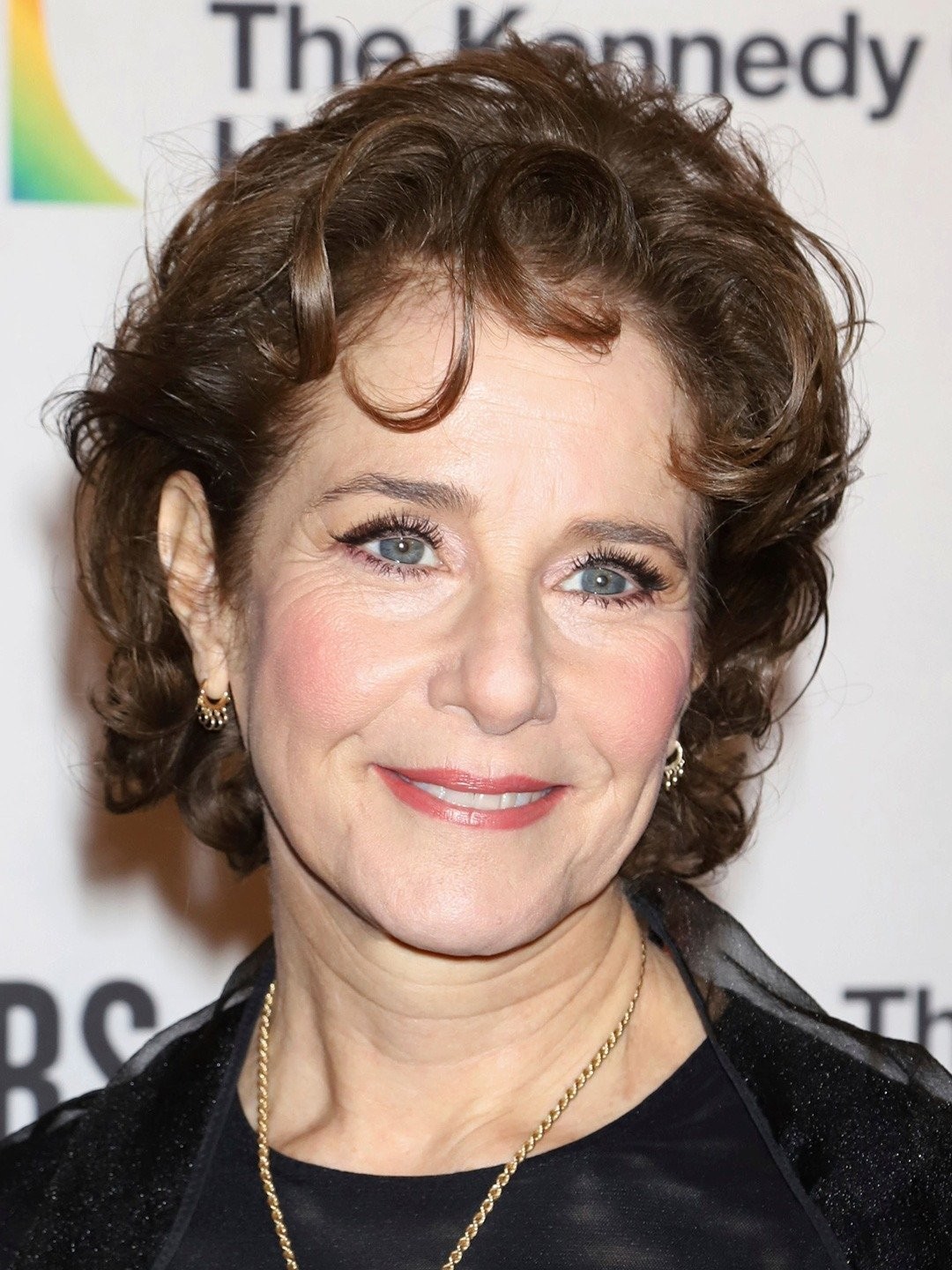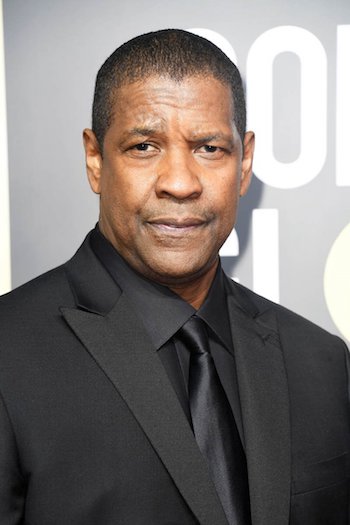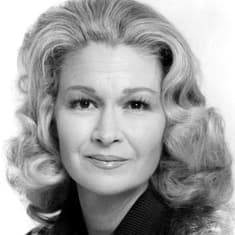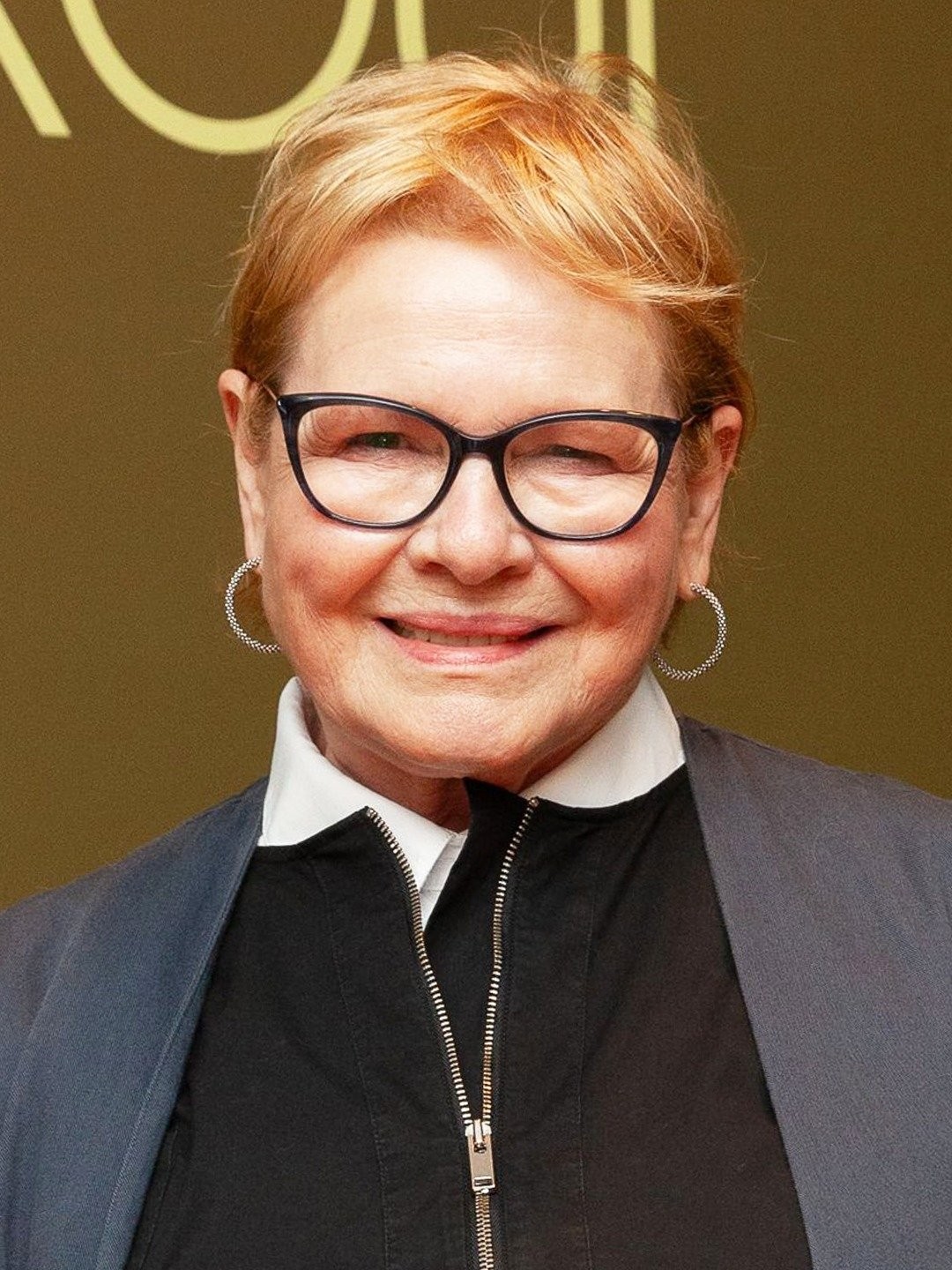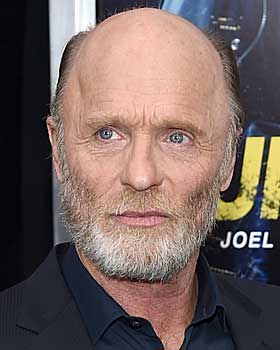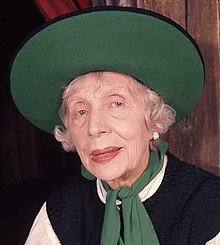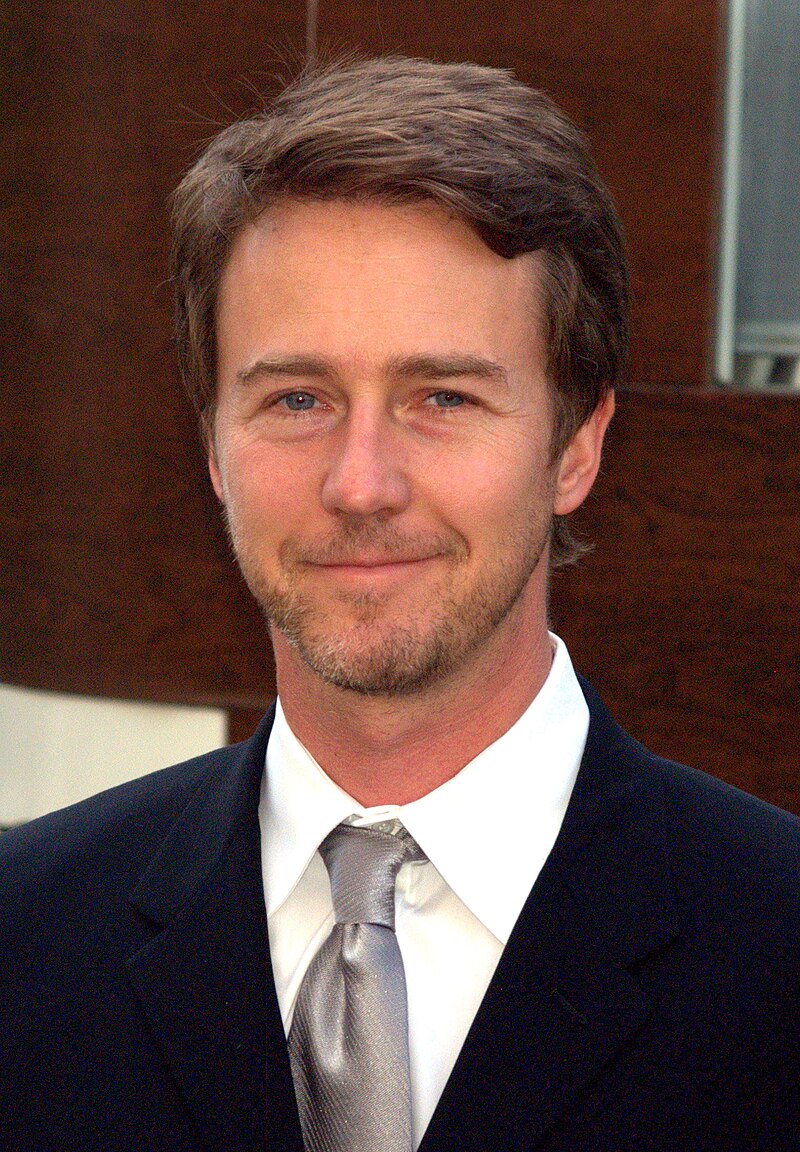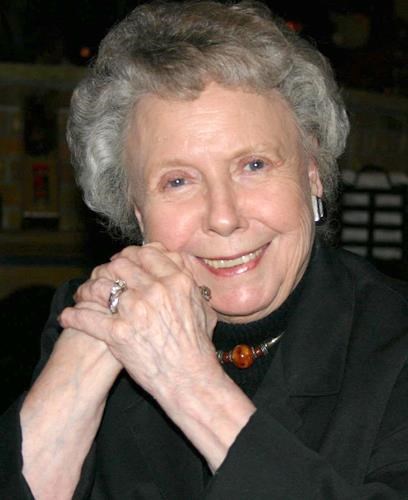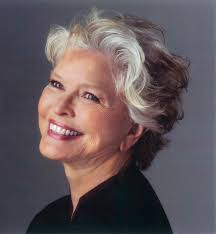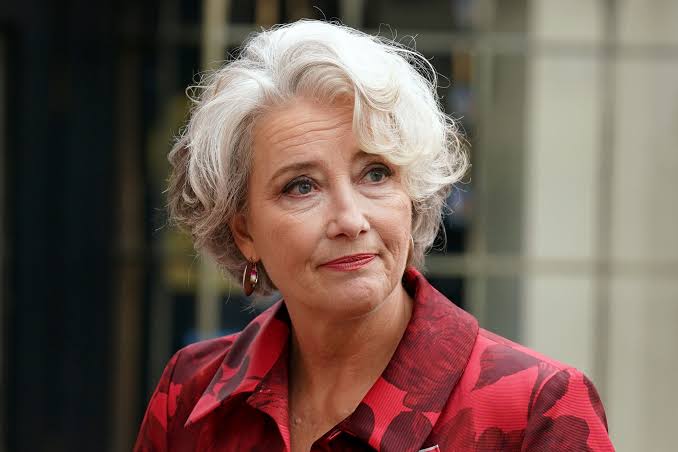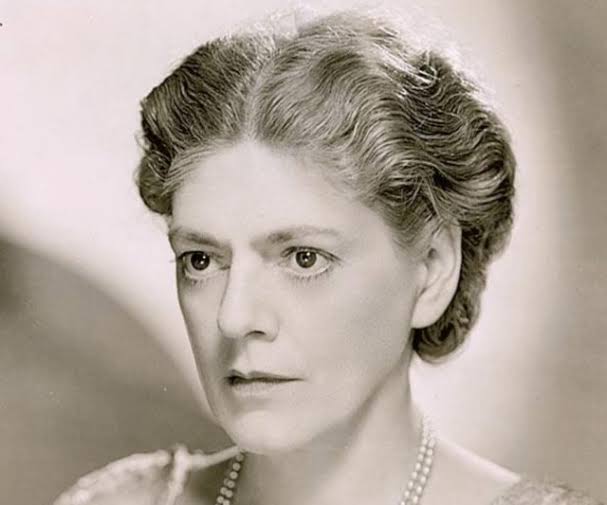The biography of Amancio Ortega Gaon is one of those inspiring stories of people who achieved everything on their own. Unable to even graduate from high school, Ortega is now the sixth richest person in the world with a fortune of $ 55.1 billion. He is known for the creation of the Inditex Corporation, under whose wing fast fashion brands Zara, Bershka, Pull & Bear, Massimo Dutti, Stradivarius and Oysho operate.

Adolescence and early years
Amancio Ortega Gaona was born in the Spanish province of Leon in 1936 into the family of a servant and a railroad worker. The parent’s income was not enough to provide for four children, so as a teenager, Amancio began working as a courier for a tailor.
Ortega admits that he did not regret it. The family lived so poorly that sometimes they had to ask for food on credit. After one of these requests, the owner of the grocery store drove them out with his mother, and then the boy promised himself that he would earn such a fortune that his family would never know poverty. And so it happened.
After moving to La Coruña, the young man got a job as an assistant fashion designer at the Gala atelier, where he learned to sew and cut. Amancio keeps his employment contract with Gala to this day as a memory of his first successes in work. At the age of 15, Ortega moved to the La Maja store, where he rose to the managerial position and met his future wife Rosalia Mera.
First business
In 1963, after leaving La Maja, the Ortega couple set up their first company, Confecciones GOA. The company, whose registered capital is about 20 euros at the current exchange rate, produces robes, nightgowns, and underwear that the Ortega couple sews with their own hands in the living room.
When Confecciones GOA begins to receive large orders, Ortega realizes that two pairs of hands are not enough. He employs several women who, for a modest salary, make orders at home. To cut costs even further, Amancio is removing the middleman in the procurement of materials and going to Barcelona for fabrics to get them directly from the supplier.
Later, there are already more than a hundred employees, and around this time Amancio Ortega develops two principles for himself, which later formed the basis of Inditex. First, production costs increase if the goods reach store shelves for a long time. The sooner the clothes are on sale, the fewer costs the manufacturer will incur. Second, a small margin with a large turnover is preferable to a large margin with a small turnover.
The creation of Zara
In 1975, a client of Confecciones GOA cancels a large order, and Ortega, who has invested all his money in materials and tailoring, decides to open his shop to sell it. The first name Amancio suggests was Zorba, but due to copyright issues, Zara had to be chosen.
A few years later, Amancio Ortega finally decides to bet on fast fashion: no more than two weeks pass between the development of a model and its appearance on the shelves. The second secret of success was copying the models of high fashion brands. Even though Zara’s lawyers to this day claim that they only copy trends, and not things exactly, it was the similarity with high fashion models at low prices that ensured the brand’s popularity among young people.
In literally ten years, the company grew, and in 1985 the Ortega couple decided to found the Inditex holding. This name stands for Industria de Diseño Textil SA, which means “textile design enterprise”.
In 1988, the first Zara store opens in Portugal, and a year later Inditex appears in the United States. The network is growing rapidly, and by 2012 the holding owns more than 5,000 stores.
As part of the Inditex holding, Ortega creates new brands to increase audience reach: for example, Massimo Dutti offers clothes of a higher class, Pull & Bear, on the contrary, is aimed at teenagers, and the Oysho brand specializes in lingerie.
These days
Amancio Ortega stepped down from Inditex management in 2011, giving way to Pablo Isla, vice president of the holding. Ortega owns the Torre Picasso multi-story building in Madrid and the Epic Hotel in Miami.
Ortega invests not only in real estate but also in energy, tourism, and banking. He also heads a charitable foundation named after him – Amancio Ortega. In 2017, Amancio received the Spanish Fondation Association award in the Charity Initiative category for his donation of € 300 million to the fight against cancer.
